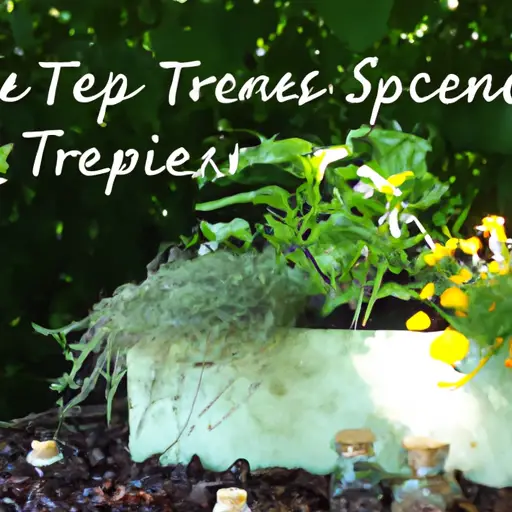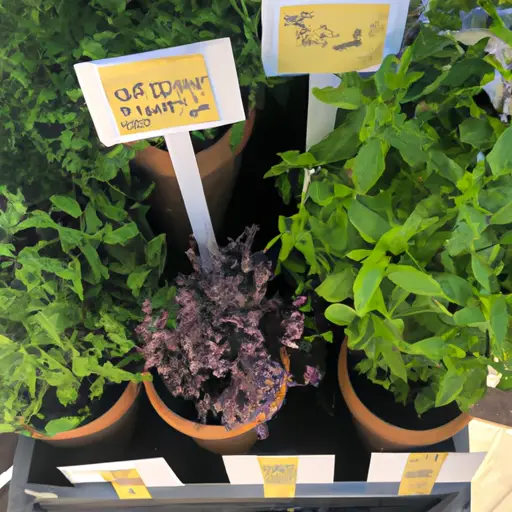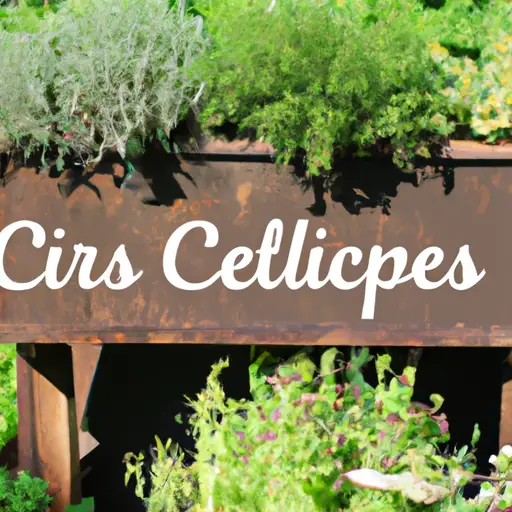Tips for Successful Container Herb Gardens
Container gardening has become increasingly popular in recent years, and one of the best ways to utilize this method is by creating a container herb garden. Whether you have limited space or simply want to have easy access to fresh herbs, a container herb garden is an ideal solution. However, there are some important tips to keep in mind to ensure the success of your garden. In this article, we will discuss these tips and guide you towards a thriving container herb garden.
1. Choose the Right Containers:
When it comes to container herb gardens, choosing the right containers is essential. Opt for pots or containers that are at least 6 inches deep and have drainage holes at the bottom. These holes will prevent waterlogging and allow excess water to drain out, preventing root rot.
2. Select the Proper Herbs:
While it may be tempting to grow all your favorite herbs in one container, it’s important to consider their individual growth habits and preferences. Some herbs require more space to spread out their roots, such as rosemary and sage, while others like basil and parsley can be grown closely together. Research each herb’s specific requirements before making your selection.
3. Provide Adequate Sunlight:
Most herbs thrive in full sun conditions, so ensure that your container herb garden receives at least 6-8 hours of sunlight each day. Place your pots on a sunny windowsill or balcony where they can soak up the sun’s rays. If you experience limited sunlight in your area, consider using grow lights to supplement natural light.

4. Use Quality Potting Soil:
The soil you choose for your container herb garden plays a crucial role in its success. Avoid using regular garden soil or dirt from your backyard as it lacks proper drainage. Instead, opt for a high-quality potting mix that is lightweight and well-draining. These mixes are specially formulated with a blend of organic matter and nutrients essential for healthy herb growth.
5. Water Regularly:
One common mistake beginner gardeners make is either overwatering or underwatering their container herb gardens. To strike the right balance, water your herbs thoroughly when the top inch of soil feels dry to the touch. Be mindful not to let the containers sit in standing water, as this can lead to root rot. In hot weather, you might need to water your herbs more frequently, so keep an eye on moisture levels.
6. Fertilize Appropriately:
Container-grown herbs will require regular fertilization to ensure healthy growth and robust flavor. Use a balanced organic fertilizer every four to six weeks during the growing season. Additionally, consider using compost or compost tea as a natural alternative to provide essential nutrients.
7. Prune Regularly:
To encourage healthy growth and prevent your herbs from becoming leggy, it is crucial to prune them regularly. Pinching off the tips of growing stems promotes branching and fuller growth. Also, remove any dead or yellowing leaves to prevent disease and maintain a neat appearance.
8. Companion Planting:
Take advantage of companion planting techniques while designing your container herb garden. Planting compatible species together can help deter pests and enhance flavor profiles. For example, planting basil alongside tomatoes can improve the tomato’s taste while repelling certain pests.

9. Monitor for Pests and Diseases:
Although container gardening reduces the risk of pests and diseases compared to traditional gardens, it’s still important to monitor your herbs for any signs of trouble. Inspect leaves regularly for discoloration, holes or chew marks, indicating pest infestation or disease development. If necessary, treat affected plants with organic insecticides or fungicides.
10. Harvest Regularly:
The key benefit of having a container herb garden is having fresh herbs at your fingertips whenever you need them! Regular harvesting promotes bushier growth and ensures that your herbs stay flavorful throughout the growing season. Harvest just before flowering for the best flavor, and be mindful not to remove more than one-third of the plant at a time.
In conclusion, creating a successful container herb garden is easily achievable with proper planning and care. Remember to choose suitable containers, provide adequate sunlight and quality potting soil, water and fertilize appropriately, prune regularly, practice companion planting, monitor for pests and diseases, and harvest consistently. By following these tips, you’ll be well on your way to enjoying a bountiful supply of fresh herbs right outside your doorstep!













